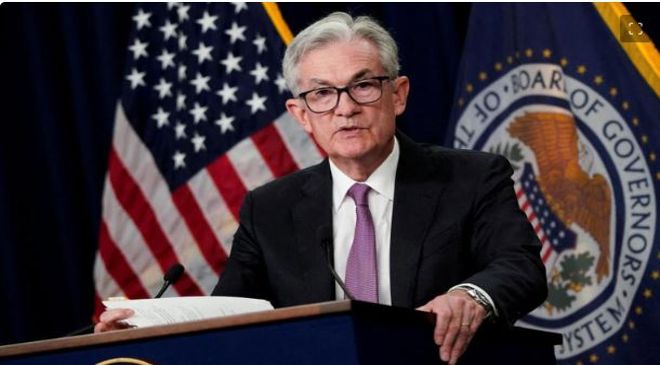The number one event in recent days on financial markets was the July meeting of the American central bank. Fed Chairman Jerome Powell effectively confirmed earlier expectations for the first rate cut in years at the next meeting, scheduled for September 18.
A rate cut in the U.S. would result from gradually normalizing inflation and a noticeable increase in the unemployment rate in recent months. Some skeptics also see political motives ahead of the November presidential elections.
Also Read– Why the stock market is going berserk today
Rate cuts might happen in the USA
What could the rapidly approaching start of rate cuts in the world’s largest economy mean for stock market investors?
At first glance, lower rates might seem to be all positive—lower financing costs for most companies, a boost for the economy, and a lower so-called discount rate used in stock valuation models. This is indeed true in the long run, but in practice, immediately after the start of rate cuts, the stock market’s behavior was highly varied.
Read More:- The Fed set to issue decision on interest rates. Here’s what to expect.
Depending on whether the previous rate hikes led to a recession, there are two scenarios to distinguish. If not—as was the case twice in the second half of the 1990s—after a brief nervous period, the S&P 500 index resumed its dynamic bull run. And it is precisely a repeat of this “soft landing” scenario that Wall Street hopes for.
The catch is that recently, a recession caused by high rates has been more the norm. Even if we exclude (as we do in the chart) the exceptionally specific recent case related to the ultra-short recession caused by the pandemic, the previous two cases (2007, 2001) still fit into a strongly negative economic scenario. In these cases, the first rate cut was more of a harbinger of economic troubles.
Also Read– Big Tech weakness holds back Wall Street even as most stocks rise
My opinion on the matter? Notice that while the period of several months before the first rate cut was more or less, but still successful for stocks in both scenarios (and currently even very successful), making things much easier for investors, the duality of scenarios after the beginning of rate cuts means much greater uncertainty. In such circumstances, one might consider making room in the portfolio for potential opportunities that a recession caused by interest rates maintained at the highest level in over two decades could bring.





































